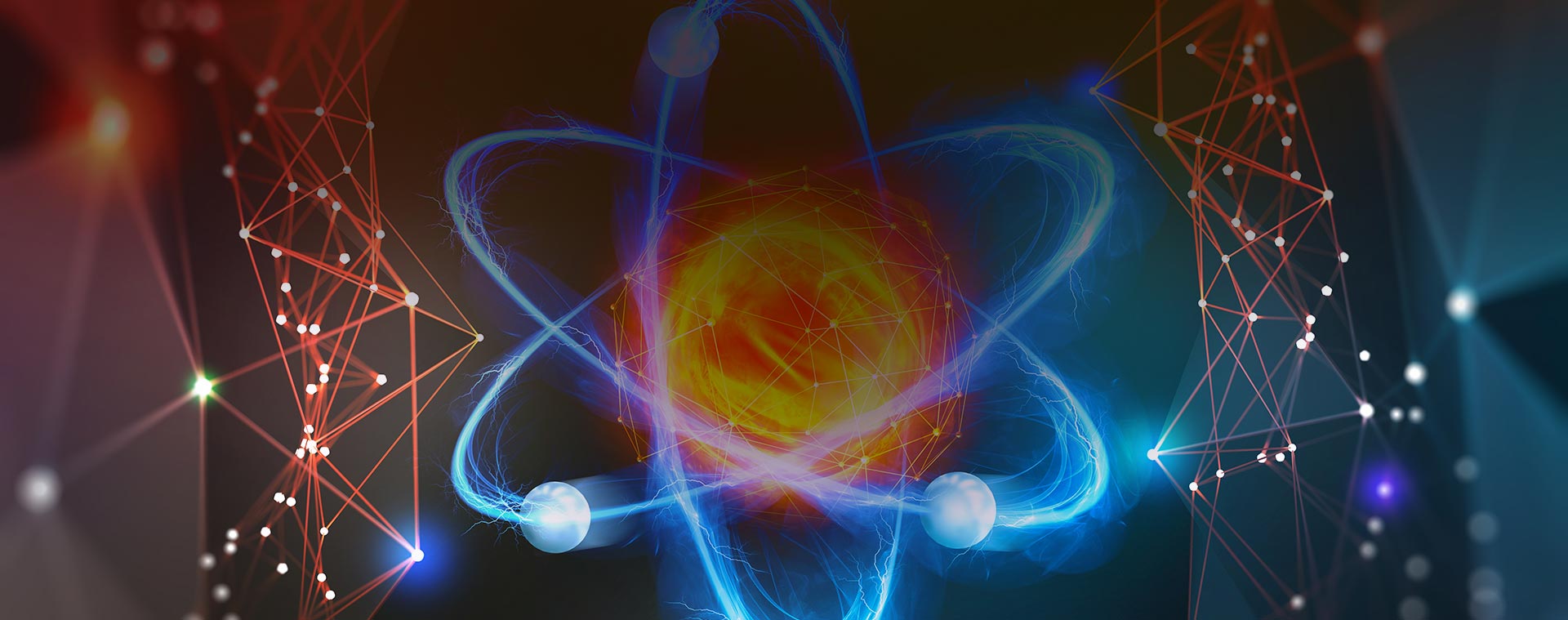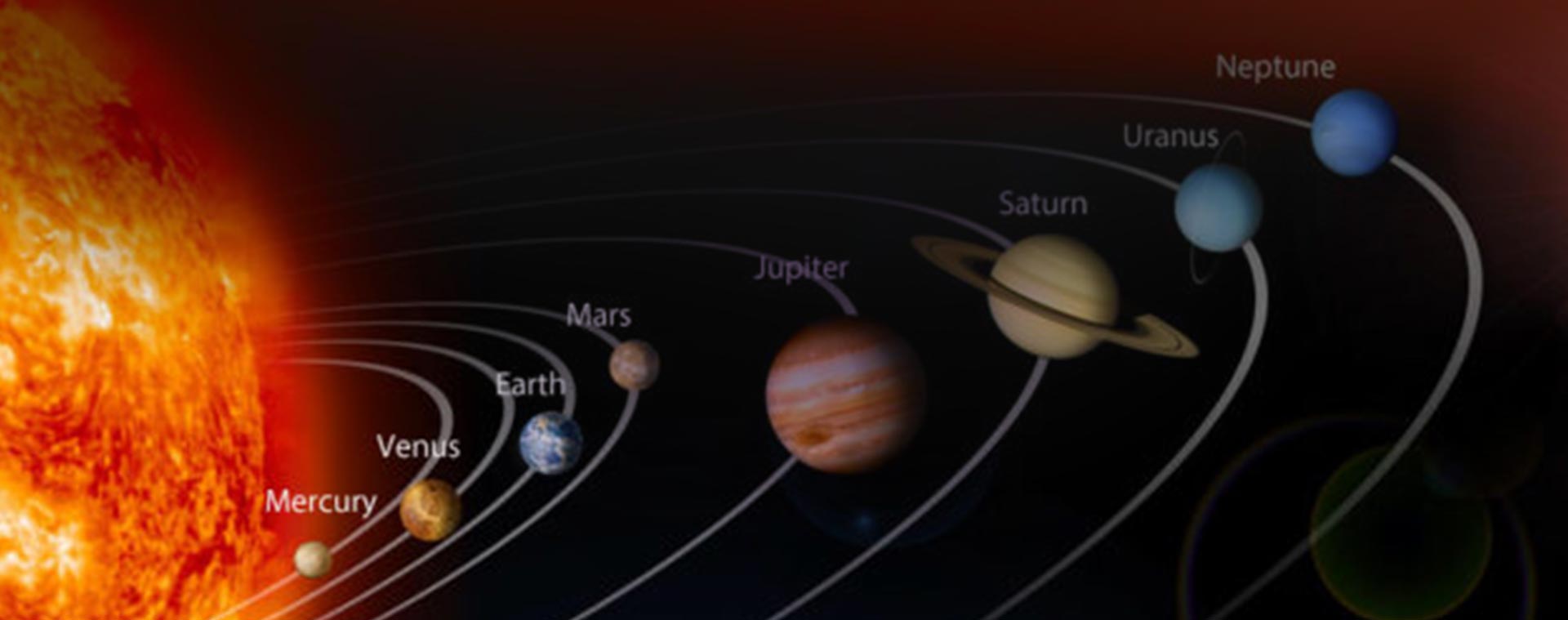Seminar Details
In this thesis, we investigate the emergence of chaos in Quantum Chromodynamics (QCD) by means of holographic methods inspired by the AdS/CFT correspondence. We address both the deconfined and confined phases and study how external parameters such as magnetic field strength, chemical potential, and magnetic charge affect chaotic dynamics in open and closed string settings. Within a bottom-up model based on the Einstein-Maxwell-dilaton action, we demonstrate that a magnetic field suppresses chaos in the String frame, whereas in the Einstein frame, the effect depends on the orientation of the field relative to the probe. We then introduce a finite chemical potential and analyse its combined influence with the magnetic field in each case, the frame-dependence persists while the maximal Lyapunov exponent always respects the Maldacena-Shenker-Stanford bound. In the confined phase, we replace the black-brane geometry with a charged AdS soliton and examine closed-string dynamics using classical and quantum diagnostics, including Poincaré sections, Lyapunov exponents, level-spacing distributions, and microcanonical out-of-time-ordered correlators. Our findings suggest that in the classical domain, the increase in charge and energy destabilizes the system, thereby making the closed string dynamics more chaotic, while the reverse happens in the quantum domain. Finally, we demonstrate that the Lyapunov exponent serves as a sensitive probe of the first-order small/large black hole transition, offering a novel chaos-based diagnostic of the already established confined/deconfined phase change in the dual QCD theory. This work thus establishes that holographic chaos, modulated by external fields and frame choice, not only illuminates the nonlinear dynamics of QCD but also provides new, chaos-inspired tools for exploring its phase structure.


